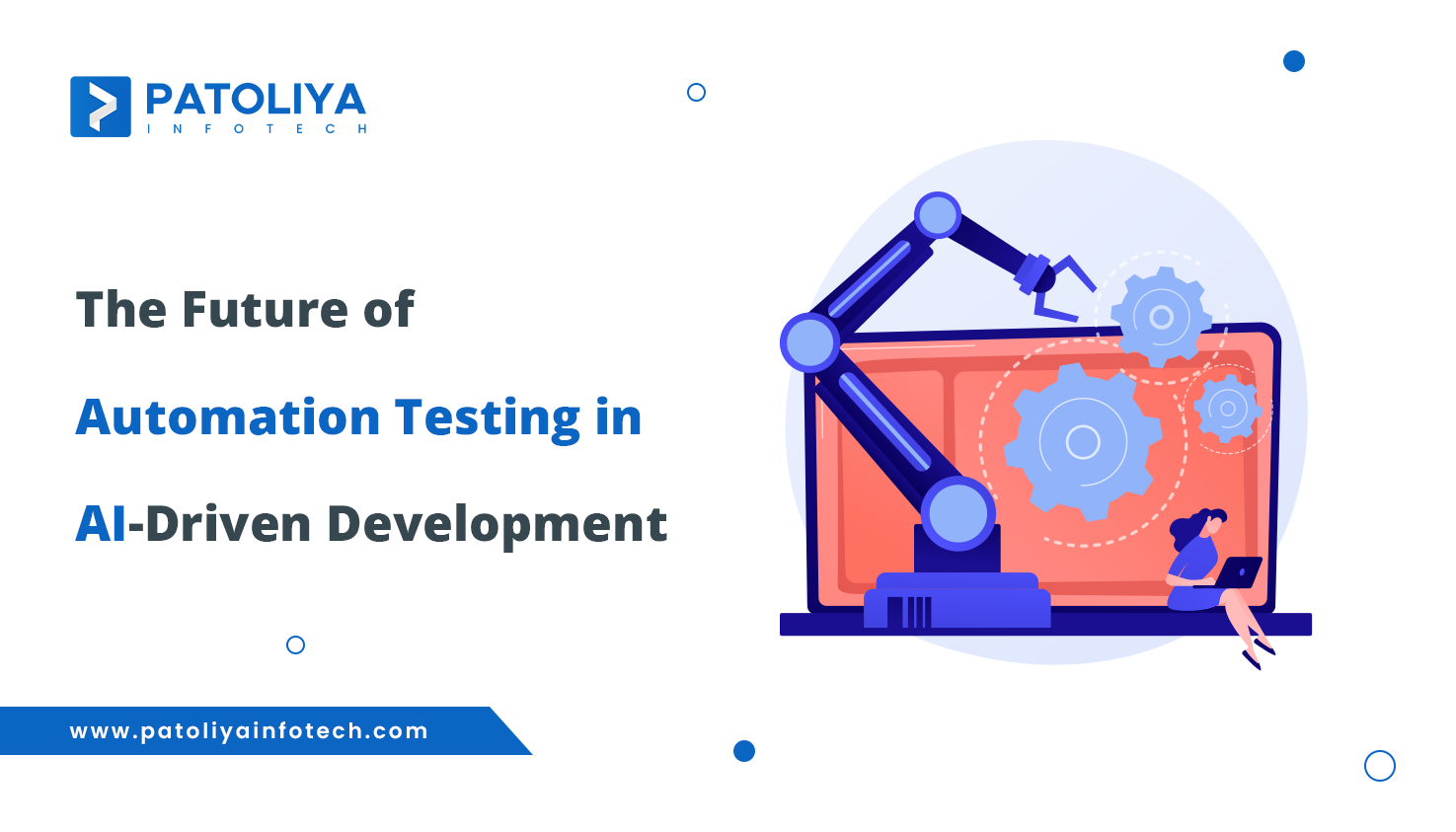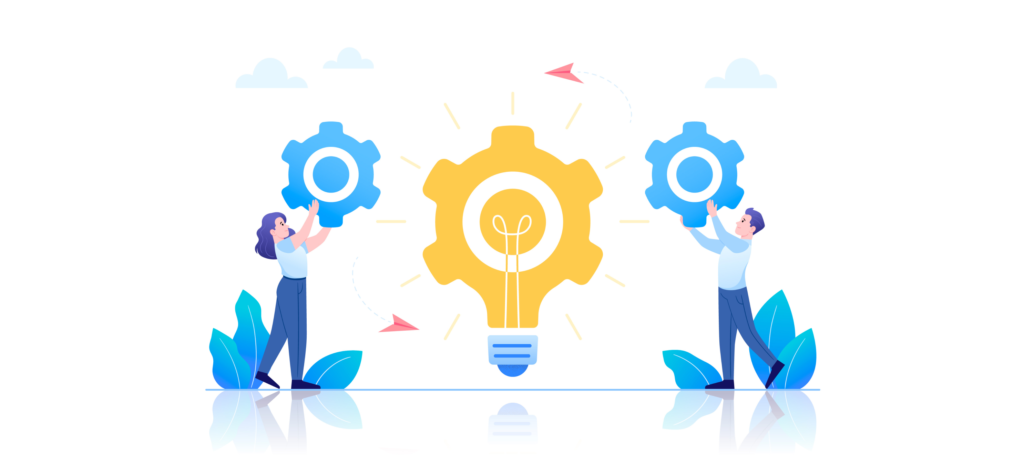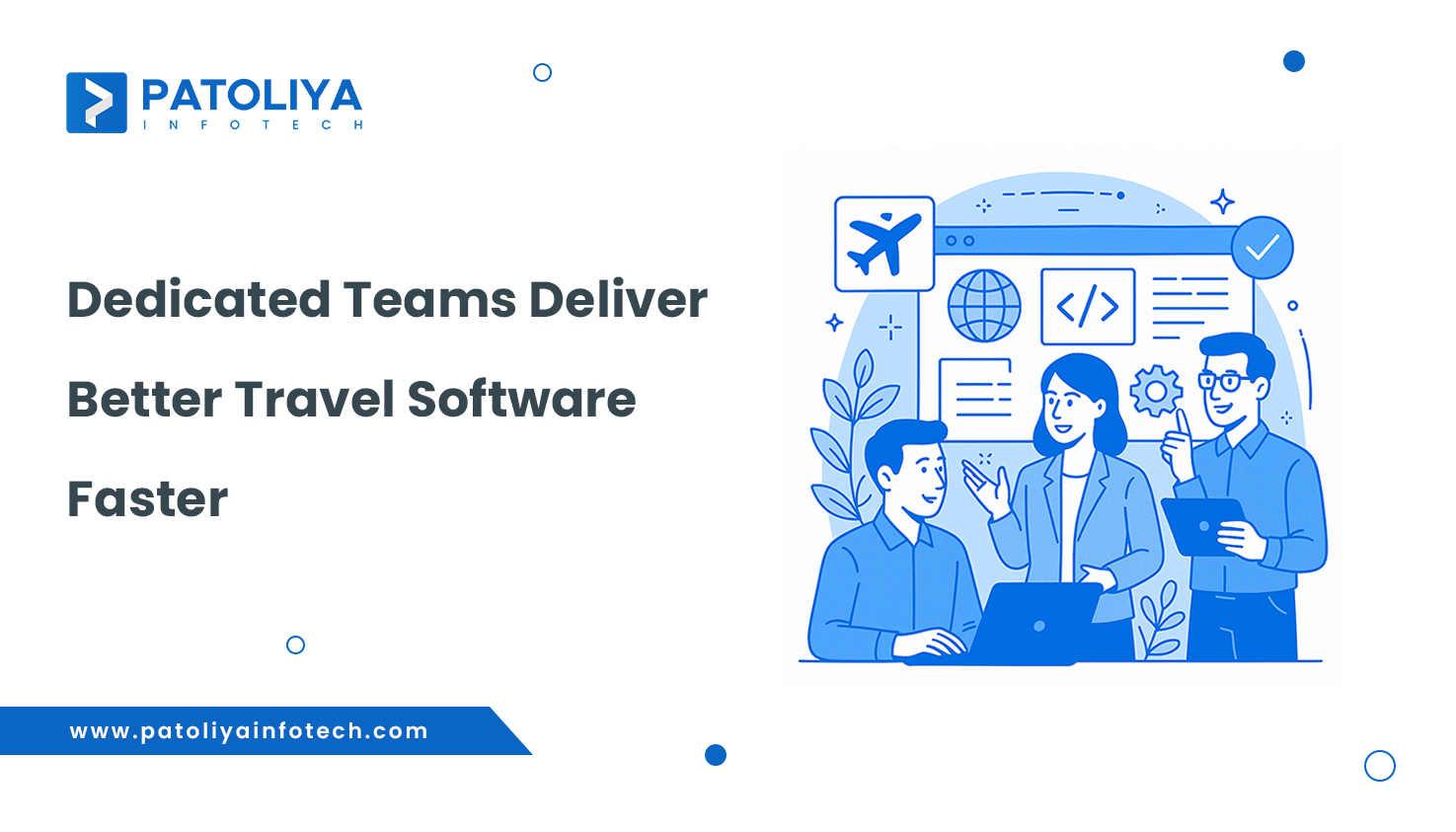Balancing Benefits and Challenges in Automation Testing with in an AI- Driven world

Table of Contents
Software development now cannot function without automation testing, especially as AI continues to transform sectors. Processes will be streamlined, productivity will rise, and complicated system dependability will be guaranteed thanks to automation testing.
It does, however, come with a set of difficulties, just like any strong instrument. This blog will examine the many advantages of automated testing in the context of artificial intelligence (AI) as well as the major obstacles that businesses must overcome in order to continue producing high-quality software.
The Benefits of Automation Testing in AI-Driven Development
The notable increase in speed and efficiency that comes with automated testing is one of its most appealing advantages. Because automated tests may run considerably faster than manual ones, they can cover more ground continuously and free up human resources to work on more difficult jobs. In the AI-driven world of today, where there is an increasing need for quick delivery and continuous integration, this skill is essential.
Teams may run hundreds of complicated test cases in various settings at once using automation testing, providing vast coverage that is very hard to accomplish manually. By identifying possible problems early in the development cycle, this wide testing scope reduces the likelihood that flaws will make it into production.
Having secure business software is essential. Application Security Testing (AST) ensures regulatory compliance, safeguards sensitive data, and reduces the likelihood of costly breaches. To learn more about the importance of AST, visit our blog.
Because automated testing removes human error, which can happen during manual testing, it guarantees consistency and dependability. Automated technologies provide repeatability of testing and accuracy of outcomes by precisely carrying out predetermined activities. This dependability is especially important as AI systems get more sophisticated and incorporated into essential business processes.
Organizations may maximize their resources by automating repetitive processes, freeing up test engineers to concentrate on developing new test cases and improving testing methodologies. Teams are able to spend more time investigating innovative fixes and advancements, which leads to increased productivity as well as creativity.

The Complexities and Challenges in Automation Testing
Automation testing has many advantages, but it also has drawbacks, especially when it comes to the initial cost and resource needs. Significant upfront expenditures for tools, frameworks, and team training are necessary for the implementation of automated testing. Furthermore, there is frequently a lack of qualified experts that can oversee and carry out automation procedures. If a business wants to fully use automated testing, this skills gap may be a major challenge.
Making the appropriate tool and framework selections is another important challenge. With so many alternatives available, using the incorrect instrument might result in resource loss and unproductive testing. To guarantee a suitable fit, organizations must carefully consider their unique requirements and the capabilities of various testing frameworks. But this selecting procedure, which frequently entails some trial and error, may be tiresome and time-consuming.
Automation testing is made more difficult by the quickening speed of technology advancement, especially in AI. Automation testing frameworks need to be flexible in order to accommodate new technologies and methods as they become available. This necessitates frequent modifications to testing methodologies and instruments, which may be resource-intensive and challenging to administer.
Teams also need to decide which test cases to automate first, striking a balance between time and budget limits and comprehensive testing. Setting priorities helps to guarantee that the most important features are tested without making the process of testing too complicated.
Make sure that every update keeps your program dependable and error-free. Prioritize regression testing in order to keep quality high and avoid expensive problems. See why regression testing is so important.
Leveraging AI to Overcome Automation Testing Challenges
By producing intelligent test cases, automating repetitive activities, and offering predictive analytics, artificial intelligence (AI) may greatly improve the efficacy and efficiency of automated testing. Artificial intelligence (AI)-powered solutions can run tests faster, manage repetitive chores like creating test data, and even automatically repair tests when the application code changes.
These features lessen the need for maintenance while enhancing the consistency of test results. AI may also examine past data to spot possible flaws, enabling teams to proactively resolve problems before they get out of hand.
With these developments, businesses still need to approach automated testing strategically, taking into account issues like upfront costs, tool selection, talent shortages, and the quick speed at which technology is changing. By doing this, they will be able to fully utilize AI-enhanced automated testing and produce high-caliber software.
Automation testing has several advantages in terms of effectiveness, coverage, and dependability, but it also comes with a number of difficulties that need to be properly addressed. Organizations may overcome these obstacles and maintain strong and competitive software development processes in an AI-driven environment by utilizing AI and taking a strategic approach.
Strategic Implementation of Automation Testing
Finding the ideal balance between automated testing's advantages and disadvantages is essential as businesses continue to use it in an AI-driven environment. Automation testing becomes more efficient when AI is used, but it also needs to be implemented carefully and strategically to make sure it supports the organization's larger objectives. This demands a culture shift among teams and a clear knowledge of how to fully utilize AI-driven automation, so it's not just about the technical components.
Setting reasonable expectations is the first step towards striking this equilibrium. Although automated testing has the potential to significantly decrease testing time and improve coverage, it is not a panacea.
As teams adjust to new tools and procedures, organizations must understand that the first phase will need a large commitment of time and resources. By being aware of this up front, one may avoid the typical mistake of expecting rapid returns on investment and instead set attainable goals.
Learn how artificial intelligence is changing online shopping and the consumer experience. Investigate the future of retail now to stay ahead of the curve. Examine how AI is affecting shopping.
Continuous Improvement and Innovation

Adaptability is important in the rapidly evolving fields of artificial intelligence and software development. To stay up with technological changes, automation testing frameworks and methodologies need to be reviewed and updated on a regular basis.
This requires a dedication to continuous improvement, in which testing techniques are improved and refined based on input from each testing cycle. Organizations may continue to use the benefits of automated testing even as the technology landscape changes by remaining flexible and adaptable.
Automation testing frameworks and techniques need to be reviewed and updated often to stay up with technology developments. In order to do this, one must be dedicated to continuous improvement, where testing procedures are improved and refined based on input from each testing cycle. Even as technology advances, companies may preserve the efficacy of their automated testing efforts by being adaptable and flexible.
Types of Test Automation Frameworks - A Closer Look
Automation testing frameworks facilitate the writing, managing, and execution of tests by offering an organized approach to testing. Depending on the particular requirements of the project, a variety of automation framework types are available, each with special benefits:
Linear Automation Framework (Record and Playback)
One of the most basic forms, the linear framework is frequently utilized by teams who are new to automated testing. It uses a record-and-playback methodology in which testers record their interactions with the program, which are subsequently replayed as automated tests. Although this framework is simple to use, complex applications may find it less flexible and more difficult to maintain.
Modular Testing Framework
The application being tested is split up into more manageable, separate components with separate test scripts in a modular architecture. More flexibility and simpler maintenance are possible with this method since modifications to one module don't always affect other modules. But developing and overseeing these modules calls for meticulous preparation and a thorough comprehension of the application's architecture.
Data-Driven Testing Framework
By separating test data and test scripts, this architecture enables the execution of a single test script on many data sources. Applications that need to be tested under different input circumstances will find it very helpful. The data-driven approach improves test coverage and minimizes redundancy in test scripts by leveraging external data sources such as databases, Excel files, and CSV files.
Keyword-Driven Testing Framework
The keywords or actions that characterize the functions to be tested are defined by the keyword-driven framework using a table format. The creation of test scripts using these keywords subsequently facilitates the creation of automated tests by non-technical testers. Large, complicated projects are a perfect fit for this framework because of its excellent scalability and reusability.
Hybrid Testing Framework
To take advantage of each framework's advantages, the hybrid framework blends components from several different frameworks, including data-driven, modular, and keyword-driven frameworks. With the highest degree of flexibility and reusability, it enables teams to customize their strategy to the unique requirements of each project. A hybrid framework's implementation, however, might be difficult and need a great deal of experience.
Behavior-Driven Development (BDD) Framework
Natural language descriptions are used to construct test scenarios in BDD frameworks such as Cucumber or SpecFlow. Test cases become easier to grasp with this technique, which improves collaboration between non-technical stakeholders, developers, and testers. Agile situations, where communication and quick feedback are essential, are especially well-suited for BDD frameworks.
Conclusion
With its unparalleled efficiency, coverage, and dependability, automation testing is a fundamental component of the AI-driven world of contemporary software development. Adoption is not without difficulties, though, from the high initial investment prices to the quick speed of technology advancement.
Through smart use of AI, enterprises may get over these challenges and maintain the strength and competitiveness of their software development processes. Automation testing success demands a trained team, a dedication to continual development, and a proper balancing of the advantages and obstacles. In the rapidly evolving field of AI-enhanced software development, those who can innovate and adapt will not only survive, but also prosper.



